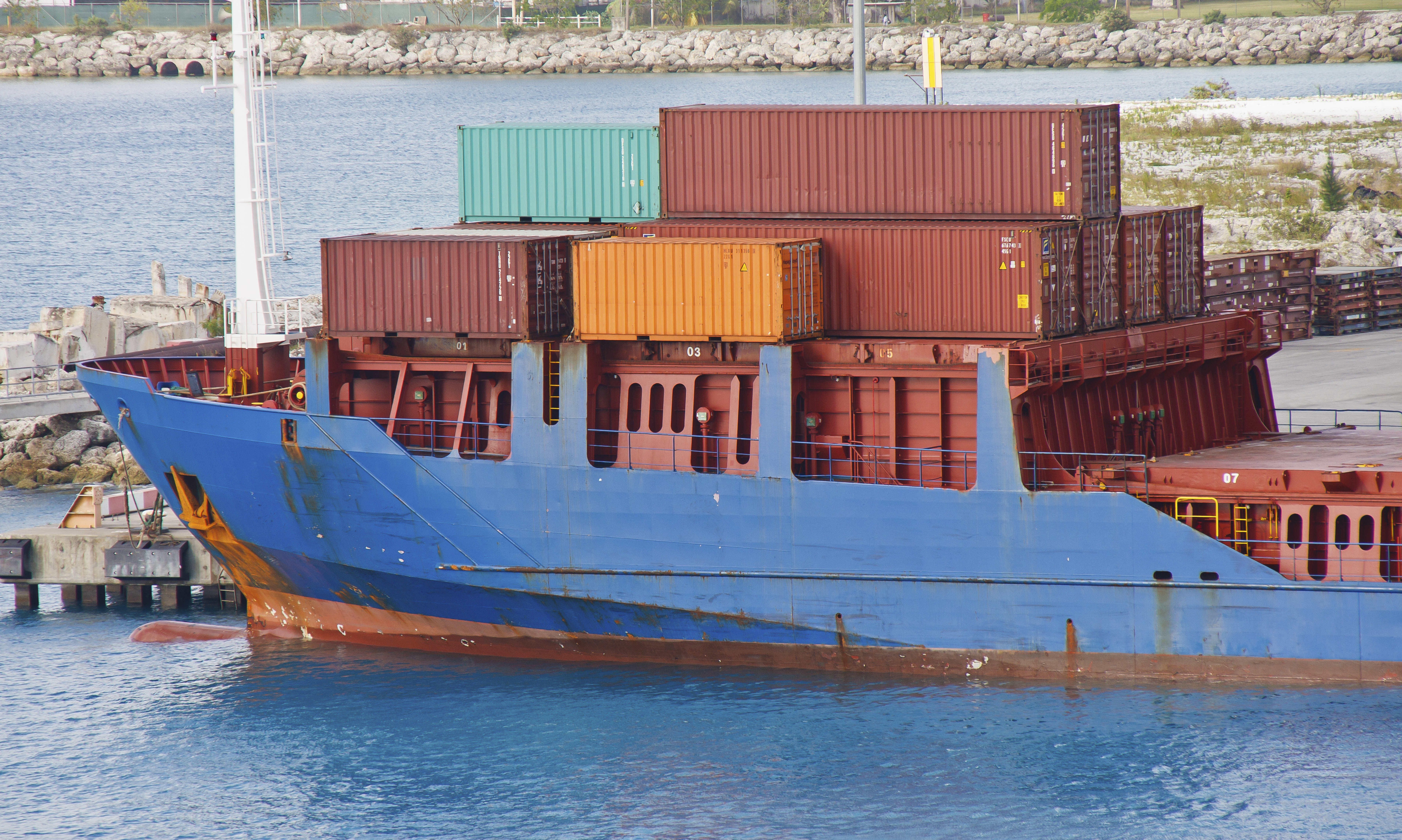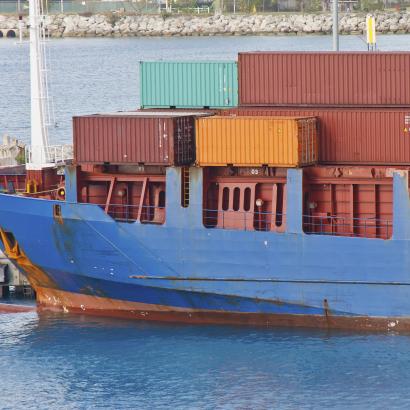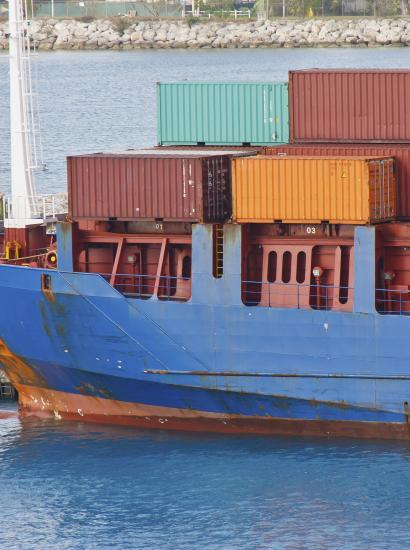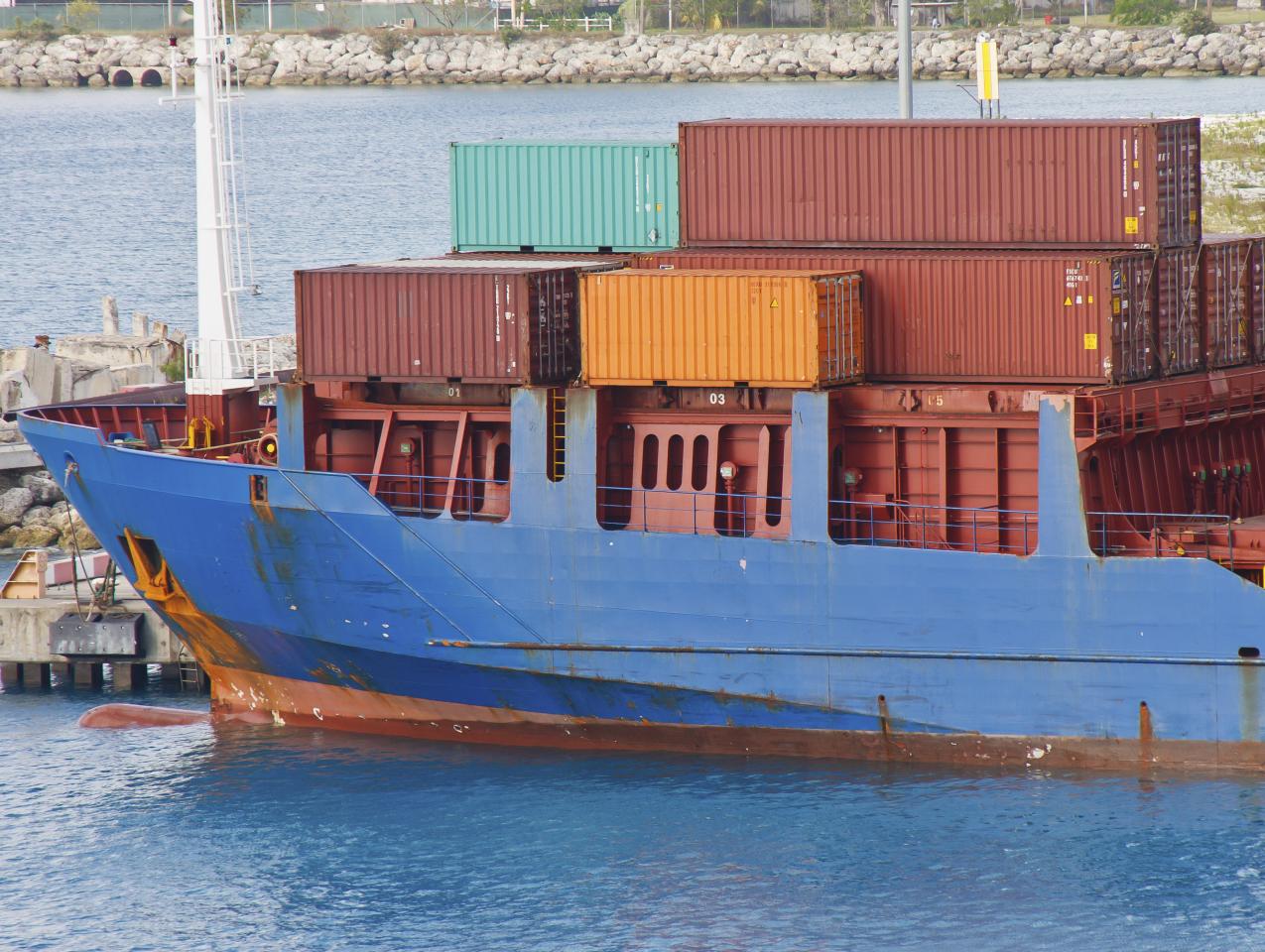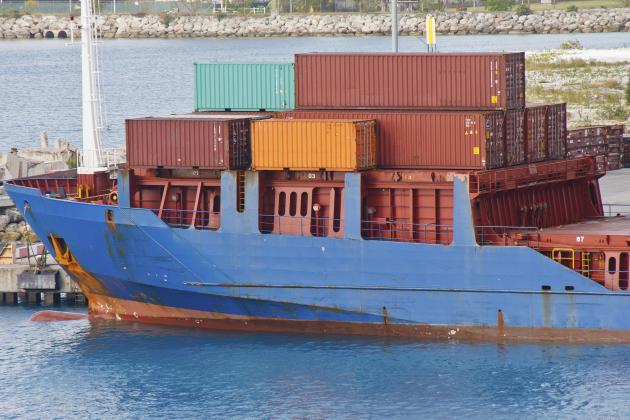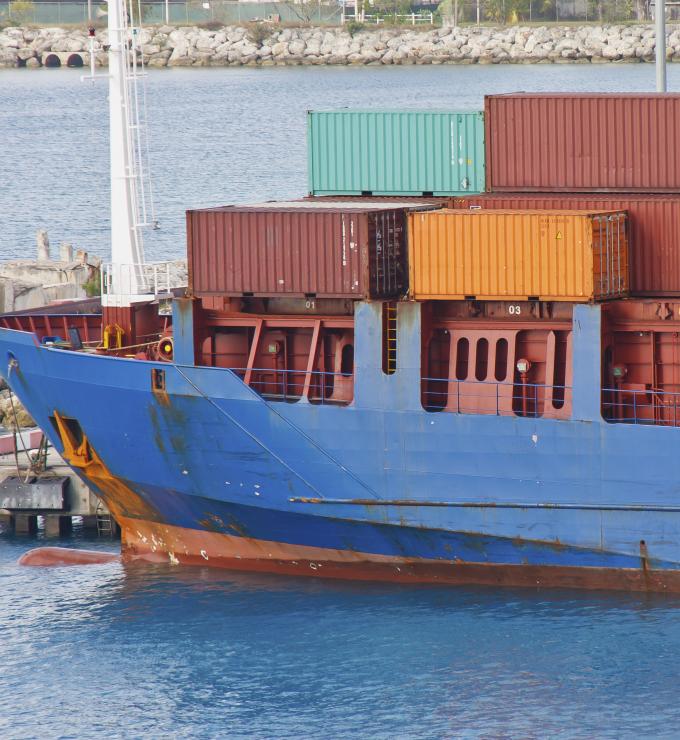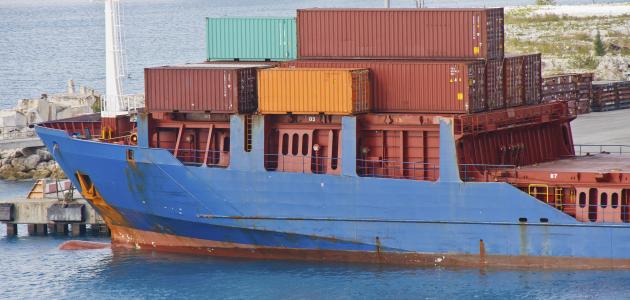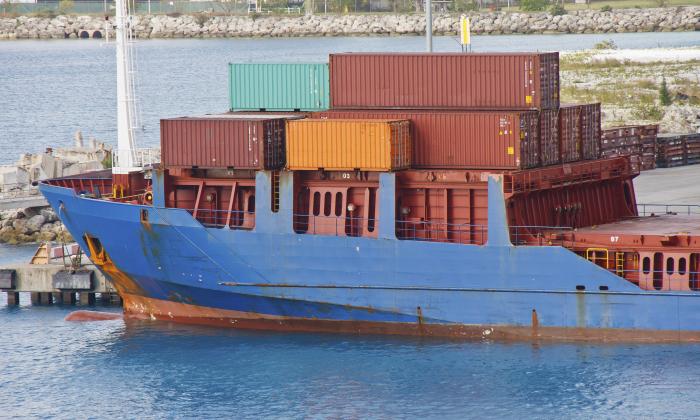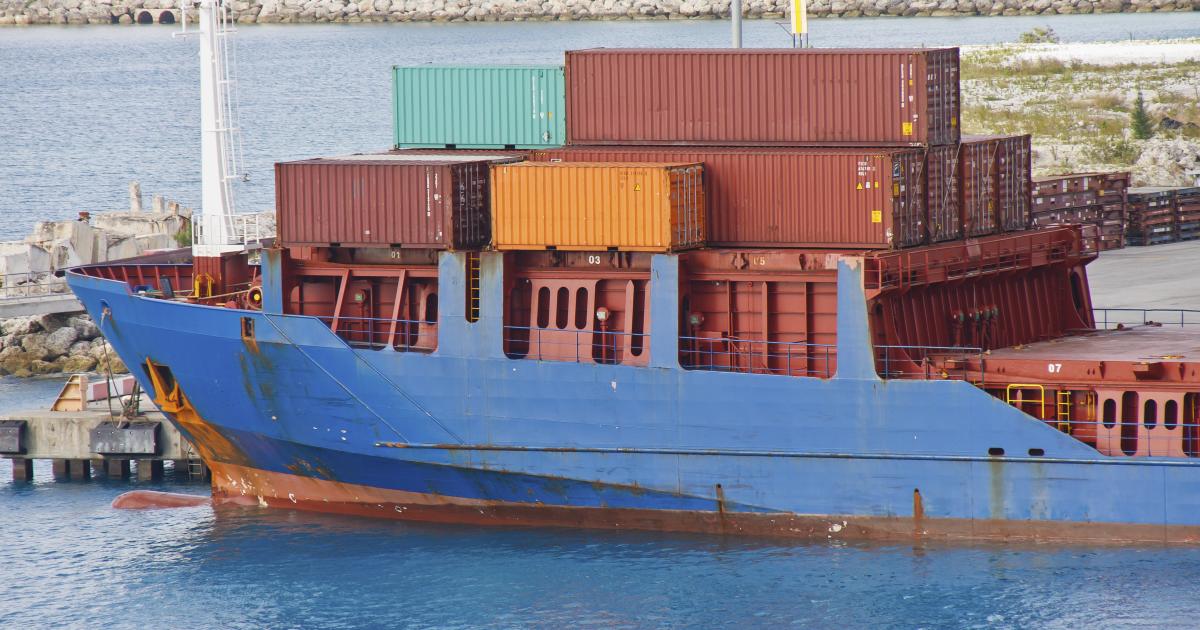- Economics
- Trade
One of the issues that arose in the Supreme Court case on President Trump’s tariffs was whether trade deficits are an emergency. In presenting the Trump administration’s case to the Supreme Court on November 5, US Solicitor General John Sauer stated, “On April 2, President Trump determined that our exploding trade deficits had brought us to the brink of an economic and national security catastrophe.” Sauer argued that Trump’s tariffs are a response to that emergency.
Are high trade deficits an emergency? And even if they aren’t, do they have bad effects on the US economy? The answers are no and no. Moreover, there’s one almost surefire way to reduce the trade deficit, but it’s a way that few people would advocate: adjust monetary policy to cause a recession.
What is a trade deficit?
A trade deficit is the difference between a country’s exports of goods and services and its imports of goods and services. In 2024, US residents imported $3.295 trillion in goods and exported $2.080 trillion, leading to a trade deficit in goods of $1.215 trillion.
The United States traditionally has a trade surplus in services. The year 2024 was no exception. We imported $841 billion in services and exported $1.215 trillion, for a trade surplus of $312 billion. Adding goods and services together gives the overall trade deficit. In 2024, the United States had a trade deficit of $904 billion.
There is no reason to have a zero trade balance with any given country. In a world with over 100 countries whose people we trade with, there is substantial specialization. There is no reason that the amount we spend on a given country’s goods and services will equal the amount they spend on our goods and services.
It’s easiest to see that at the individual level. My wife and I have about a $5,000 annual trade deficit with Safeway. We spend approximately $5,000 per year at Safeway and Safeway spends zero on my articles and speeches. More’s the pity, as the British say, but that’s the way it is.
Similarly, the United States has trade deficits with some countries and trade surpluses with others. The country with which we have the highest trade deficit is China. In 2024, we spent $295 billion more on goods and services from China than people in China spent on goods and services from the United States. The country with which we had the highest trade surplus in 2024 was the Netherlands. We spent $56 billion less on goods and services from the Netherlands than people in the Netherlands spent on goods and services from the United States.
The capital account surplus
Not only is there no reason to have a zero trade deficit with a particular country but also there’s no particular reason to have a zero trade deficit with the world. Herb Stein was chairman of the Council of Economic Advisers under President Nixon and, incidentally, one of the best bosses I ever had in my first stint with the Council, as a summer intern in the summer of 1973. Stein had a way with words and well understood the economics of balance-of-payments deficits. That’s why I commissioned him to write the entry titled “Balance of Payments” in my Fortune Encyclopedia of Economics, which later became The Concise Encyclopedia of Economics. His entry led off as follows:
Few subjects in economics have caused so much confusion—and so much groundless fear—in the past four hundred years as the thought that a country might have a deficit in its balance of payments. This fear is groundless for two reasons: (1) there never is a deficit, and (2) it would not necessarily hurt anything if there was one.
How could Herb Stein say that there never is a deficit? The reason is that he considered the overall balance of payments, which includes both the current account and the capital account. The current account is composed of three types of income: (1) the trade deficit or surplus; (2) the income on investments abroad minus foreigners’ income on US investments; and (3) transfers, such as aid and remittances, to the United States from other countries minus such transfers from the United States to other countries. In 2024, the current account deficit was $1.13 trillion. The obverse of a current account deficit is a capital account surplus. When we have a current account deficit, foreigners end up with dollars. What do they do with these dollars? They use them to buy bonds, typically US government bonds, to buy stock in US companies, to buy US land, and to engage in direct investment, that is, producing capital such as manufacturing facilities in the United States. As an accounting necessity, the balance of payments, which includes the current account and the capital account, is zero.
Also, because the US dollar is the closest thing there is to an international currency, some foreigners simply hold on to the dollars. Is that a problem? It’s the opposite of a problem. According to the Federal Reserve Board of Governors, the cost to the US government of printing a $100 bill is less than 12 cents. So for a cost of under 12 cents we get $100 in goods and services. It is true that then those dollars are no longer in the US economy. But there’s an easy fix. The US government can print more. It’s like the 1989 ad that Jay Leno made for Doritos: “Crunch all you want; we’ll make more.” And if the government does not print more, foreigners holding on to their dollars they got from selling us goods and services cause there to be fewer dollars than otherwise circulating in the US economy. That means that prices are somewhat lower than otherwise. So if prices would have risen by, say, 3 percent, approximately the current annual increase of the Consumer Price Index, they would rise by slightly less, say 2.9 percent. That means that our dollars go slightly further in purchasing power.
The benefits of foreign investment
Only a small portion of US dollars that people in other countries get and don’t spend on our exports is kept as currency in those countries. There is no such thing as a typical year, but between 2022 and 2023, to take recent data, the amount of US currency held abroad increased by about $16 billion. The rest, as noted, is used to invest in the United States. In doing that, foreigners benefit us in another way. To the extent they buy US government bonds, they cause the interest rate that the US government must pay on bonds to be slightly lower than otherwise. That benefits us American taxpayers. Let’s not look that gift horse in the mouth.
By buying companies and plants from Americans, they put those companies and plants to higher valued uses. Of course, that’s not always true. They can make mistakes, as Japanese investors did in the late 1980s by drastically overpaying for Pebble Beach. (Japanese tycoon Minoru Isutani paid $841 million for Pebble Beach in 1989 but sold it in 1991–2 for about $500 million.) But the odds are good, when foreigners purchase US productive assets, that they will make them more productive; otherwise, they wouldn't keep buying them. That added productivity helps US consumers and the US workers who work in those foreign-owned plants.
A true story from the 1988 presidential campaign humorously illustrates the point. At the time, many Americans feared unspecified harms from foreigners owning plants and companies in the United States. The strongest fear was of Japanese investors, but the fear generalized to other foreign investors. The Democratic candidate for president, Michael Dukakis, tried to capitalize on that fear. Speaking at Moog Automotive, an automotive parts plant in Wellston, Missouri, a suburb of St. Louis, Dukakis stated:
Maybe the Republican ticket wants our children to work for foreign owners and pay rent to foreign owners and owe their future to foreign owners. But that’s not the kind of future Lloyd Bentsen [his vice-presidential running mate] and I and Dick Gephardt and all of you want for America. [You can see his statement here at the 21:00 point.]
What made Dukakis’s statement strange is that in 1988, Moog Automotive was owned by a company in Luxembourg. Dukakis had actually praised Moog for its success. Moreover, and more important, presumably the workers applauding his speech weren’t that upset about foreign ownership.
Does a current account deficit necessarily increase debt to foreigners?
Even some sophisticated economists sometimes say that when we have a current account deficit, our nation as a whole is necessarily getting further into debt to foreigners. Must it? Actually no. What if foreigners refrained from buying bonds and instead bought plants, land, and companies? Then there would be no increase in debt to foreigners. In reality, of course, foreigners’ purchase of US government bonds does increase US debt to foreigners. My point is simply that it’s foreigners’ purchase of bonds, not a current account deficit per se, that increases debt to foreigners.
Is increasing foreign ownership making us poorer?
With the exception of 1991, the United States has had annual current account deficits every year starting in 1982. That has led to increasing foreign ownership of assets in the United States. In the second quarter of 2025, foreigners held $26 trillion more in US investments than Americans held in foreign investments. That’s a large number.
Some people might worry that that increased foreign ownership has reduced Americans’ wealth.
Fortunately, George Mason University economist Donald Boudreaux has presented good data on Americans’ net worth. In 1975, the year that the trade deficit began (it began earlier than the current account deficit), the average net worth of an American household was $364,853. (All net worths in this paragraph are in 2024 dollars.) By 1994, the average net worth of a US household had risen to $505,319, by 2001 to $681,505, and by 2024 to $1,224,686. In short, since the unbroken string of trade deficits began, the average net worth of US households has increased by 236 percent.
These net worths might sound suspiciously high no matter what the year. But remember that they are averages and, therefore, large net worths of about ten million households skew the average. Nevertheless, it’s the average that matters for determining overall US wealth.
Moreover, whatever your household’s net worth is, you don’t have to depend on the state of foreign ownership to make yourself better off. You can do that by spending less and saving and investing more. That’s true for all but the poorest households. For example, cutting your purchases of Starbucks or Peet’s coffees by $8 per week will net you over $400 a year, which you can invest in a mutual fund. If you do that for thirty years and invest in a market index fund earning 6 percent annually, you are likely to end up with over $30,000 in additional net worth. At 7 percent, you will have over $40,000. To put that in perspective, since 1957, the S&P 500 index has delivered an average annual return of 10.54 percent and, when adjusted for inflation, a still substantial 6.68 percent.
Conclusion
There is one surefire way to reduce the US trade deficit: undertake a very tight monetary policy to cause a recession. The data from 2007, most of which was a boom year, to 2009, almost all of which was a recession year, are illuminating. In 2007, the US trade deficit was $702 billion. In 2009, it had fallen to $375 billion. Why did it fall by 47 percent? Because imports are highly sensitive to general economic conditions. When the gross domestic product (GDP) falls by x percent, imports fall by substantially more than x percent.
I probably don’t need to explain why purposely causing a recession to reduce the trade deficit is a bad idea.
There are many economic issues to worry about. The growth rate of real GDP is one. The increasing federal debt is another. Among the issues not to worry about is trade and current account deficits. As the late Herb Stein said, the fear is groundless.







